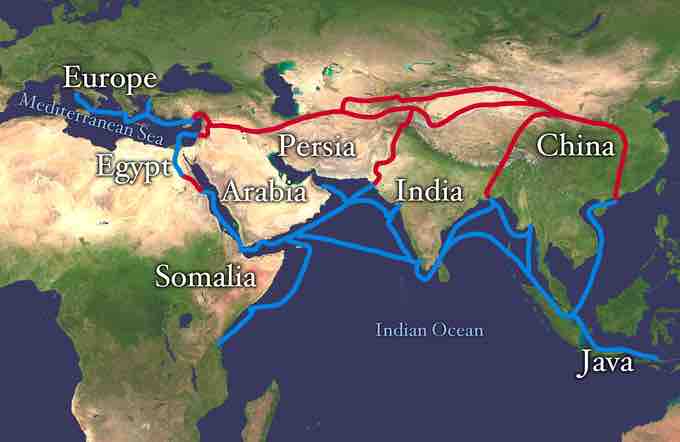World Systems Theory, like dependency theory, suggests that wealthy countries benefit from other countries and exploit those countries' citizens. In contrast to dependency theory, however, this model recognizes the minimal benefits that are enjoyed by low status countries in the world system. The theory originated with sociologist Immanuel Wallerstein, who suggests that the way a country is integrated into the capitalist world system determines how economic development takes place in that country.
According to Wallerstein, the world economic system is divided into a hierarchy of three types of countries: core, semiperipheral, and peripheral. Core countries (e.g., U.S., Japan, Germany) are dominant, capitalist countries characterized by high levels of industrialization and urbanization. Core countries are capital intensive, have high wages and high technology production patterns and lower amounts of labor exploitation and coercion. Peripheral countries (e.g., most African countries and low income countries in South America) are dependent on core countries for capital and are less industrialized and urbanized. Peripheral countries are usually agrarian, have low literacy rates and lack consistent Internet access. Semi-peripheral countries (e.g., South Korea, Taiwan, Mexico, Brazil, India, Nigeria, South Africa) are less developed than core nations but more developed than peripheral nations. They are the buffer between core and peripheral countries.
Core countries own most of the world's capital and technology and have great control over world trade and economic agreements. They are also the cultural centers which attract artists and intellectuals. Peripheral countries generally provide labor and materials to core countries. Semiperipheral countries exploit peripheral countries, just as core countries exploit both semiperipheral and peripheral countries. Core countries extract raw materials with little cost. They can also set the prices for the agricultural products that peripheral countries export regardless of market prices, forcing small farmers to abandon their fields because they can't afford to pay for labor and fertilizer. The wealthy in peripheral countries benefit from the labor of poor workers and from their own economic relations with core country capitalists.

11th Century World System
In the 11th century, international production and trade was dominated by the exchange of silk, and thus countries along the silk route were the dominant participants in the "world-system. " Today, with vast communications and transportation technology, virtually every society participates in the world-system as either a source of raw materials, production, or consumption.